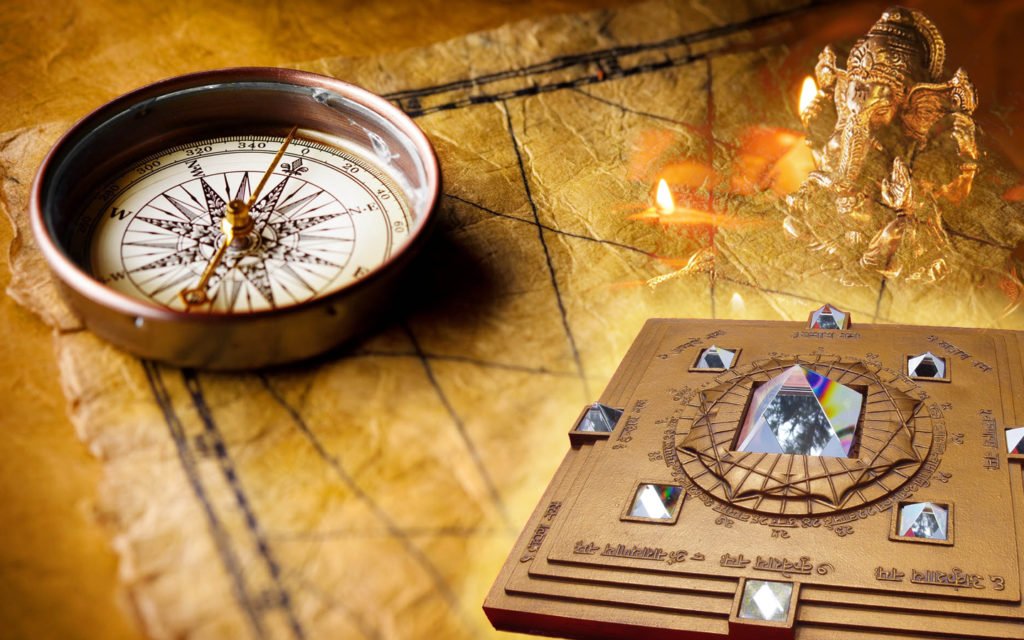In Vaastu Shastra, the ancient Indian science of architecture, every direction holds unique energy. Understanding these energies allows homeowners to design and arrange their spaces for harmony, prosperity, and well-being. Two of the most significant directions in any home are East and West, each carrying its own strengths and challenges. By aligning room placements and functions with these directional principles, homeowners can harness positive vibrations while avoiding imbalances.
Importance of Directions in Vaastu
Vaastu Shastra is based on the idea that natural energies—sunlight, wind, and magnetic fields—affect human life. The rising sun in the east, the setting sun in the west, and the varying flow of energies throughout the day influence how different spaces should be used. Choosing the right direction for each room brings balance to daily living, promotes productivity, and fosters peace of mind.
The East: Symbol of Rising Energy
The East direction is associated with the rising sun, renewal, vitality, and clarity. It is considered one of the most auspicious directions in Vaastu, symbolizing new beginnings and positive energy.
Best Uses for East-Facing Rooms
- Living Room or Drawing Room: Placing the living room in the east allows for abundant natural light in the morning, uplifting the mood and energy of the space.
- Study Room or Home Office: The east supports focus, creativity, and growth, making it ideal for intellectual work and learning.
- Prayer or Meditation Room: Spiritual practices gain strength when performed in the east, aligning with clarity and higher consciousness.
- Children’s Bedroom: East-facing bedrooms encourage positivity and mental growth for children and students.
Vaastu Enhancements for East-Facing Rooms
- Use light, bright colors like white, cream, or light green to maximize fresh energy.
- Keep windows open in the morning to welcome sunlight and fresh air.
- Avoid heavy storage or clutter in this direction, as it blocks flow of vitality.
The West: Symbol of Stability and Maturity
The West direction is linked with the setting sun, signifying fulfillment, stability, and grounded energy. While it is not as auspicious as the east, west-facing rooms bring balance, particularly for long-term goals, maturity, and financial steadiness.
Best Uses for West-Facing Rooms
- Dining Room: Eating in the west direction enhances satisfaction and family bonding.
- Children’s Room (Older Kids): West is suitable for teenagers or young adults, as it supports independence and maturity.
- Study Spaces for Exams: For children preparing for competitive exams, west rooms offer focus and seriousness.
- Storage or Utility Areas: The west is well-suited for storage rooms, pantries, or heavy furniture, as it represents steadiness.
Vaastu Enhancements for West-Facing Rooms
- Use earthy colors such as beige, light yellow, or light brown to strengthen grounding energy.
- Ensure proper ventilation, as west-facing rooms may feel hot in the afternoons.
- Place heavy furniture like cupboards or safes in the west, as it symbolizes wealth stability.
East vs. West: Key Differences in Energy
| Aspect | East Direction | West Direction |
|---|---|---|
| Symbolism | New beginnings, clarity, vitality | Stability, maturity, fulfillment |
| Best For | Living rooms, offices, prayer rooms, children’s bedrooms | Dining rooms, older children’s rooms, storage, pantries |
| Energy Flow | Fresh, uplifting, and expansive | Grounded, stable, and steady |
| Colors | White, light green, cream | Beige, yellow, light brown |
By understanding these differences, homeowners can balance active and passive energies in their living environment.
Common Mistakes to Avoid
- Placing the Master Bedroom in the East: While the east is good for children and studies, the master bedroom is best in the southwest for stability.
- Blocking East Windows: Covering east-facing windows prevents natural light and reduces positivity.
- Overloading the West with Fire Elements: Kitchens or fireplaces in the west may create restlessness or imbalance.
Final Thoughts
Both the East and West directions play significant roles in Vaastu Shastra. While the east welcomes vitality, fresh opportunities, and mental clarity, the west supports stability, maturity, and fulfillment. A well-designed home considers these directional principles to balance dynamic growth with long-term steadiness.
For homeowners, aligning room functions with these natural energies is not about strict rules, but about creating harmony between space, mind, and life. When done thoughtfully, Vaastu helps transform a house into a vibrant, supportive home.
